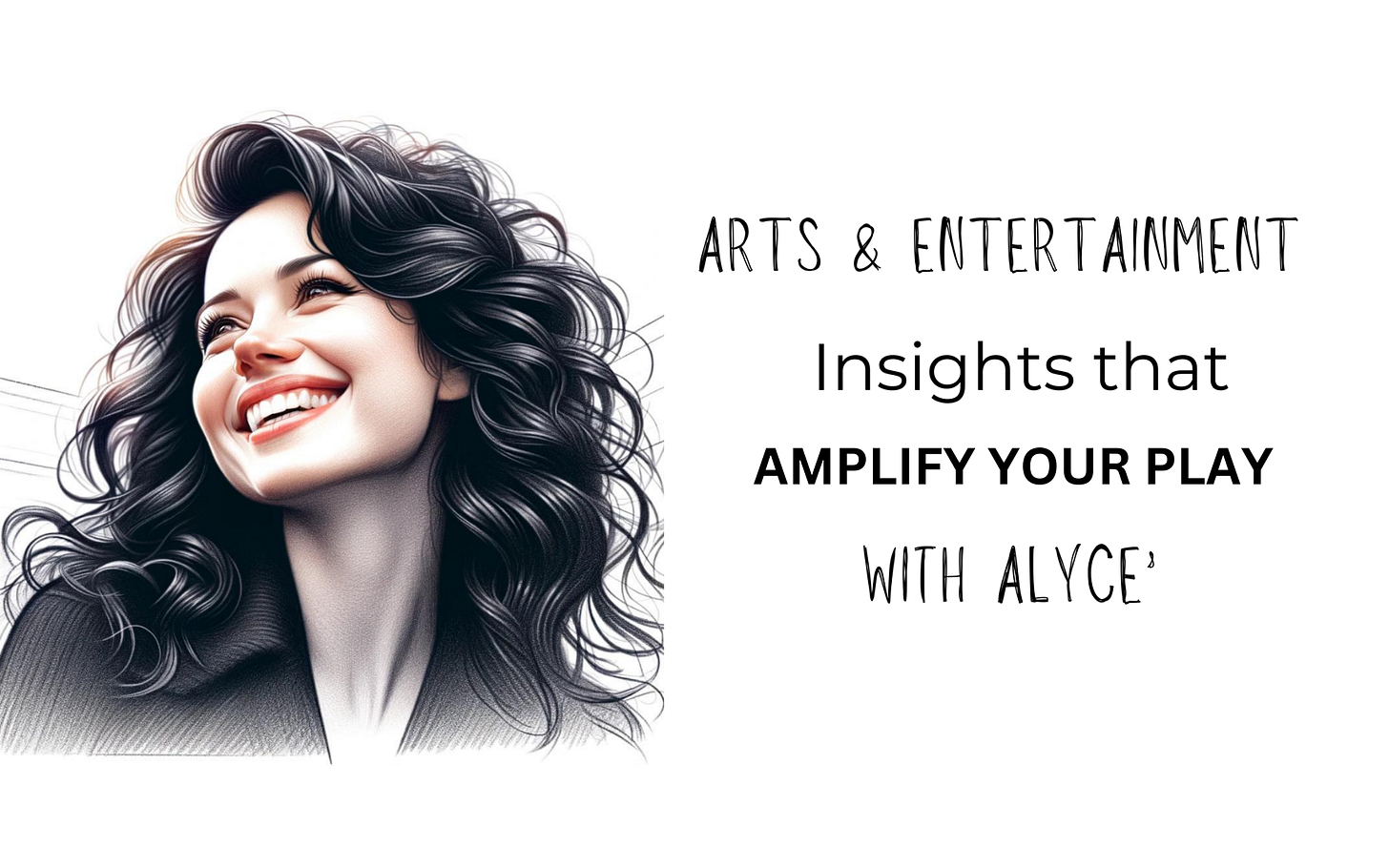The Rise of Classical Rock and 80s Nostalgia
The aesthetic and cultural motifs of that era find new life in contemporary music, fashion, and media.
The late 20th century was a breeding ground for musical revolutions, and among them, classical rock carved a distinctive niche. Often defined by its soaring guitar solos, symphonic arrangements, and larger-than-life personalities, this genre flourished in the 1970s and 80s. Today, the resurgence of 80s nostalgia is reviving interest in classical rock, as the aesthetic and cultural motifs of that era find new life in contemporary music, fashion, and media. To understand why this revival resonates so deeply, it’s important to explore the roots of classical rock, its golden era, and the ways in which 80s nostalgia continues to influence pop culture.
Classical rock emerged as a response to the countercultural movements of the 1960s. By the late 60s, the raw energy of rock and roll began to intersect with a growing appreciation for technical virtuosity and sophisticated arrangements. Bands like The Beatles and The Rolling Stones had already opened the door to experimentation, but it was groups like Led Zeppelin, Deep Purple, and Yes that fully embraced the potential of fusing rock with classical and progressive elements. These bands incorporated intricate guitar solos, multi-layered harmonies, and theatrical stagecraft to create a new musical language that transcended traditional rock norms. Songs like “Stairway to Heaven” and “Smoke on the Water” became anthems, blending storytelling with dynamic shifts in tempo and intensity.
Keep reading with a 7-day free trial
Subscribe to Lundinkee to keep reading this post and get 7 days of free access to the full post archives.


